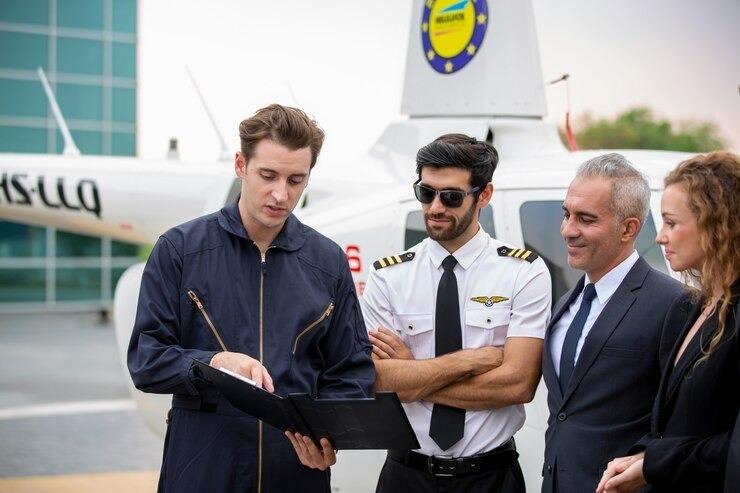Becoming a private pilot can be an exciting and rewarding experience. It allows you to fly your aircraft and travel to places that might otherwise be difficult to reach. A Private Pilot License (PPL) certification allows an individual to fly an aircraft for non-commercial purposes. To obtain a PPL, one must complete a minimum number of flight hours, pass a medical exam, and demonstrate proficiency in various skills and knowledge areas. A PPL holder may fly single-engine planes during daylight hours, in good weather conditions, and cannot receive compensation for their services.
Here are some safe and effective ways to achieve aviation success with a private pilot license.
Keep up with your training
The training required to obtain a private pilot license is just the beginning. Once you have your license, it’s important to continue learning and training to improve your skills and maintain your proficiency. Stay up to date with aviation regulations, procedures, and technology. Attend recurrent training sessions, read aviation publications and stay informed about current issues in aviation.
Set realistic goals
Set achievable goals for your flying, such as practising specific maneuvers or completing a certain number of flight hours each month. This will help you stay motivated and focused on your progress.
Stay organised
Keep all of your paperwork, checklists, and other important information organised and readily available. This will help you stay on top of your training, scheduling, and aircraft maintenance.
Maintain good communication
Effective communication is crucial for private pilots as it ensures the safe and efficient operation of aircraft. Pilots must communicate effectively with air traffic control, other pilots, and passengers to maintain situational awareness and avoid potential conflicts. Effective communication involves using standardised phraseology, being clear and concise, and actively listening to instructions and information. Additionally, pilots must communicate any issues or emergencies promptly and effectively to ensure the best possible outcome.
Prioritise safety
Safety should always be your top priority when flying. Stay up to date with weather conditions, perform thorough pre-flight inspections, and always follow proper procedures. Follow proper pre-flight procedures, maintain your aircraft regularly and avoid taking unnecessary risks. Always prioritise the safety of yourself, your passengers, and other people on the ground.
Build experience
The more you fly, the more experience you will gain. Take advantage of opportunities to fly in different types of aircraft and in various weather conditions to build your skills and knowledge.
Network with other pilots
Networking with other pilots can help you learn new techniques, find new flying opportunities, and build a community of like-minded individuals who share your passion for aviation. Join local aviation clubs, forums or social media groups to connect with other pilots. Attend local events or fly-ins to meet and network with other aviation enthusiasts.
The Casa pilot license refers to the licensing requirements and regulations set by the Civil Aviation Safety Authority (CASA) in Australia for pilots operating in Australian airspace. In addition to the licensing requirements, CASA also sets regulations for aircraft operation, safety, and maintenance to ensure safe and efficient air transportation in Australia.

